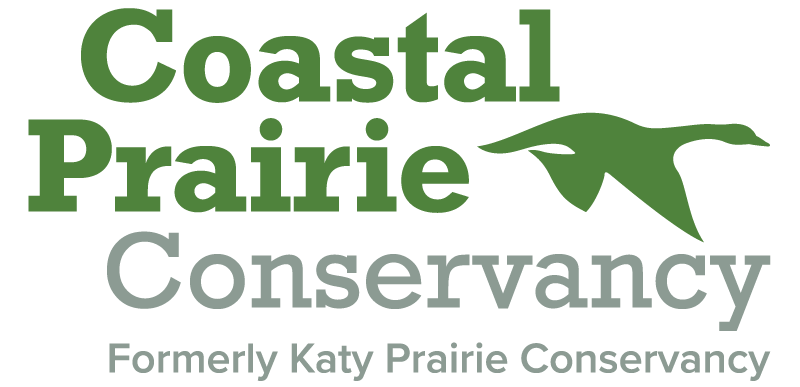Blog
We’re excited to let you in on all of the wonderful things happening on the coastal prairie.
Hi there! Check out the posts below for wildlife spotlights, prairie restoration updates, volunteer highlight stories, and much more! Have an idea for a new blog post? Email info@coastalprairieconservancy.org and let us know.
State of the Species: Eastern (Spilogale putorius) and Plains Spotted Skunk (Spilogale putorius interrupta)
The Eastern Spotted skunk, Spilogale putorius, is a diminutive relative of the more familiar and common striped skunk (Mephitis mephitis). The subspecies, Spilogale putorius interrupta or plains spotted skunk, inhabits the Great Plains in the MIdwest and central area of the United States, including Texas.
State of the Species: Snowy Egret (Egretta thula)
Picture this: It’s a beautiful fall day along the Texas Gulf Coast. While enjoying the sun and listening to the peaceful sounds of waves crashing along the shoreline, your eyes are drawn towards the sky. A beautiful flock of birds fly overhead towards the coastal marshes just behind you. You grab your binoculars, zoom in, and see multiple species of medium white waterbirds. A black bill and yellow feet give away the snowy egret immediately.
State of the Species: Northern Bobwhite (Colinus virginianus)
As a country kid roaming the piney woods and plentiful pastures of rural north Louisiana each summer, I remember mimicking the "bob-WHITE" call. With each attempt, I hoped a northern bobwhite would answer back like they did for my father's whistle. But I could not, and still can't, whistle. My inept attempts at using my shrillest voice to approximate the call never quite worked. But that did not stop me from practicing the high-pitched bobwhite’s call frequently.
State of the Species: Sprague’s Pipit (Anthus spragueii)
Walking across the coastal prairie in the winter, you scan the horizon and the grasses surrounding you, looking for sandhill cranes, northern harrier hawks, and other winter visitors. Suddenly you jump: inches in front of you, a single sparrow-like bird shoots straight up to the sky, uttering a loud squeak as he goes. You catch your breath and smile, realizing that you have just encountered a Sprague’s pipit.
September Volunteer Highlight: Ranger
Do you remember the first time you encountered the wild beauty of a natural landscape? When we think back to these moments, we sometimes find a deeper connection to land conservation than we assume we have. For Ranger, CPC Outreach Assistant and volunteer, five acres of land next to a cornfield near her house provided the opportunity to forge a connection to the wild spaces she once roamed around growing up.
State of the Species: Crawfish Frog (Lithobates areolatus)
As the name suggests, the crawfish frog (Lithobates areolata) lives in crawfish burrows. You might think this frog is a wetland creature from its common name, but is actually lives in grasslands, prairies, open fields, and abandoned pastures.
August Volunteer Highlight: Nova Morales
When asked where her lifelong love of science came from, Nova Morales proudly thanks her parents. Nova was always interested in the outdoors as a child, and her parents never missed a chance to take her to the Houston Museum of Natural Science and nature preserves around the area.
Prairie Partner: Chameleon Like/Packed
Lots of volunteers and generous donations are two ways Chameleon Like/Packed is helping to preserve the coastal prairie! The company is based in Gilroy, California and here in Houston, Texas. Chameleon Like/Packed has become a generous supporter of the Coastal Prairie Conservancy's conservation efforts by contributing unrestricted donations.
Prairie Partner: Baker Hughes
Many of us know REI Co-op as the one-stop-shop for all of our outdoor gear needs, but they’re also one of the Coastal Prairie Conservancy’s important corporate partners! Funding from REI Co-op supports …
State of the Species: American Bumblebee (Bombus pensylvanicus)
Bumblebees are important pollinators that live in grasslands and open spaces. The American bumblebee is known for its comparatively large size, fuzzy yellow and black stripes, and loud buzzing sound. The bumblebee has an erratic flight pattern that makes it a useful pollinator across row crops – and inspired Rimsky-Korsakov to compose the Flight of the Bumblebee.











